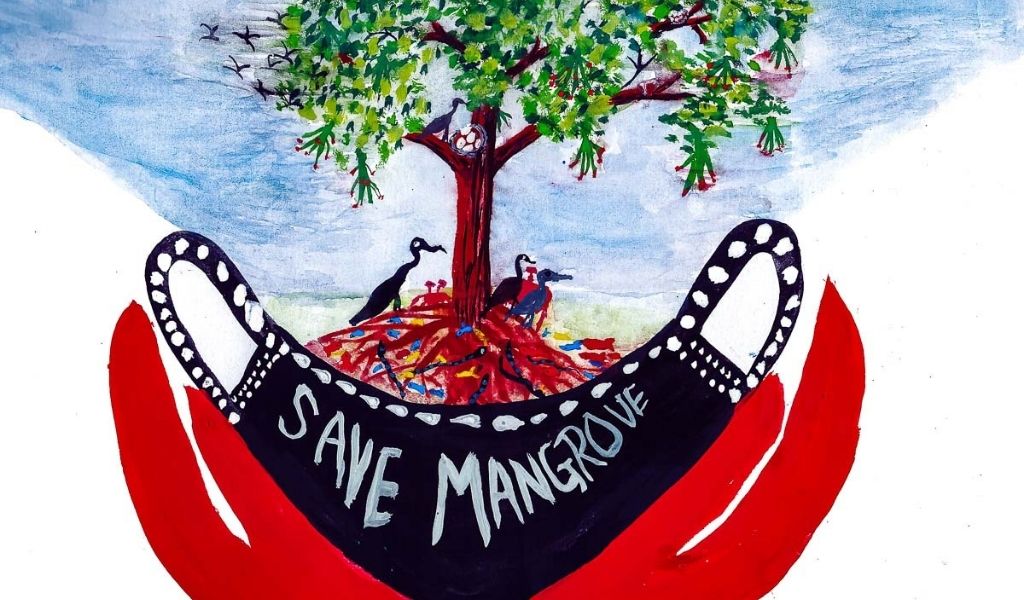
Can Indian Experts Give Us The Answers We Want Regarding Local Mangrove Tree Die Offs?
Mangroves are one of the most important and productive ecosystems on earth, providing a host of invaluable ecosystem goods and services to the wider world. It is estimated that 12% of the Maldivian Islands has rich mangrove ecosystems in which 15 different types of mangrove plants are seen in the country.
Nevertheless, mangroves species locally, as well as worldwide, are environmentally threatened whereas some even face the danger of extinction. In this regard, a large-scaled die-off of mangrove trees has been observed in many of the mangrove forests in the Maldivian islands recently, despite being protected areas and without a determined cause. Accordingly, officials identified the phenomenon in 11 different islands.
It was previously informed by the Environmental Protection Agency (EPA) that to carry out those tests which could not be done so in the Maldives, they would be sending samples off to India. Today, it was announced that with help from the High Commission of India in the Maldives, Ministry of Foreign Affairs and volunteers from the affected islands, mangrove samples from 7 affected islands and 1 control site has been sent to Cochin University of Science & Technology (CUSAT).
EPA is hopeful that this research effort will bring them close to determine the possible cause of the large-scaled mangrove die-off. They also express their gratitude to everyone involved for their generous assistance in facilitating the transfer of the samples.
(Cover Photo: savethemaldives.net)